Whatever your riding style - MOUNTAIN BIKING, RoadTravel, Urban - the installation of a good lighting on your bike is essential, whether to be seen or to see. Power, autonomy, location and size are all factors to be taken into account. But it's not easy to find your way around the multitude of products and the different units of measurement used by manufacturers. Here's what you need to select the right equipment.
LIGHTING FEATURES
- The different units of measurement : Lux, lumen ;
- Different types of lighting : classic bulb, halogen, LED ;
- Power supply types: batteries, rechargeable batteries, dynamo, VAE ;
- Lighting modes ;
- Installation modes.
EVERYTHING ABOUT LIGHTING
THE DIFFERENT UNITS OF MEASUREMENT
Depending on the manufacturer and the product, lighting power may be expressed in Lux or Lumens. However, these two data do not refer to the same concept, but are complementary. The Lumen (lm) is a unit of power that measures the luminous flux that lighting can produce in all directions. This value is the same whatever the distance from the illuminated object, and can be given for the LED or for the lighting itself. In the latter case, the value is lower because the light loses power as it passes through the lens, but it's the most honest value because it's the one perceived by the human eye.
On the other hand, the Lux (lx) is a unit that measures theilluminance of a surface (a road, a tree, etc.), i.e. the quantity of lumens received per square meter. This value varies according to distance from the light source, but also according to the quality of the lens. In concrete terms, 1 lux = 1 lumen/m². The Lux value is generally measured at a distance of 1 or 10 meter(s).
We should also mention the Candelawhich expresses theluminous intensity at the source's output. But this unit is less and less used by equipment manufacturers.
If data is only provided in Lux, it's important to know the distance at which this value is calculated. It's also interesting to know the beam diameter when the source is 1 or 10 meters away, to find the lighting best suited to your needs. For example, two lights may display the same number of Lux at 10 meters, but differ in the number of Lumens. In this case, the extra lumens create a wider beam to cover a larger area.
300 Lumens / 28 Lux at 10m
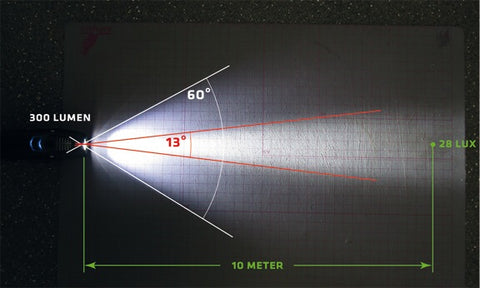
500 Lumens / 28 Lux at 10m
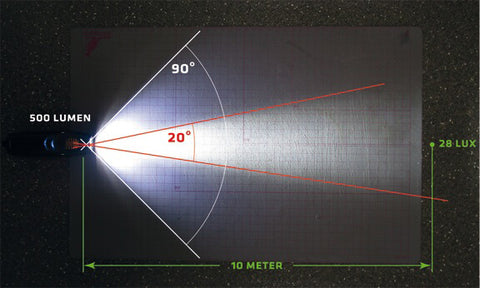
Additional power can thus be used, depending on the situation and requirements, to illuminate further, wider or both. The purpose of powerful lighting is to illuminate the road or path over a distance of at least 20 meters, but it must also illuminate the edges of the road or path to ensure the fullest and safest possible view. The challenge is to obtain a wide enough beam without scattering the light too much, and to keep the central part of the light strong.
TYPES OF LIGHTING
There are three types of light:
The bulb classic is the most affordable because its technology is the simplest. But power is often limited and lighting quality poor.
They are now found only on entry-level models.
The bulb halogen bulb can operate at a higher temperature than conventional bulbs, making it more efficient than standard lamps. They are, however, energy-hungry and are gradually being replaced by LEDs.
Light bulbs LED are now the norm. They have a much longer life (approx. 100,000 h) and can produce more light than halogen or standard bulbs, while requiring less energy.
If the bulb provides the power, the beam is formed by the lens or a reflector.
With a reflector, there's no real light control. The light bulb shines directly outwards, with little effect. This type of reflector is only used on basic products.
Unlike the classic reflector, the lens allows light to be controlled, to create a beautiful gradation or, on the contrary, a very bright central point, depending on the lighting objective.
Finally, you can use a modern reflectorwhere the LED is placed horizontally, pointing directly at the mirror. This allows maximum beam control, and even the creation of multiple beams from a single bulb.
Power supply
The battery-operated lights (rechargeable or not, depending on the model) are a simple, economical solution. Although they are compact and lightweight, their limited autonomy and the absence of a charge indicator mean that the user needs to be very vigilant to avoid running out of light in the middle of a journey. Moreover, because of their limited autonomy, these lights often have limited power. They should therefore be reserved for occasional use on short trips, preferably in well-lit areas.
Visit battery-operated lights rechargeable, usually via USB, have a much longer life and/or can be used to power a more powerful light. The advantage is that they can be recharged quickly and easily (at the office, for example, using a simple USB cable). For the most powerful models, the battery can be external. Heavier and bulkier, it can be offset (frame, backpack) to maintain good weight distribution, particularly for helmet lighting.
The dynamo lights have little in common with those used in the past. The roller hub on the rear wheel is tending to disappear, as it has the disadvantage of creating friction that slows down the bike and provides only weak lighting at low speeds, or even goes out when the cyclist is no longer moving forward. The dynamo is now increasingly housed in the front hub and coupled to a capacitor, enabling the lighting to remain on even when the bike is stationary. This solution is particularly common on urban and touring bikes.
Finally, most urban electric bikes are equipped with VAE-specific lights. These draw their energy from the bike's battery. In addition to operating continuously - i.e. even when stationary - these lights have the advantage of adapting not only to ambient light conditions, to be effective day and night, but also to the cyclist's speed. Some are even linked to the brake levers to warn of braking. In all cases, it's important to ensure compatibility with your motorization system.
It's worth noting that while battery-operated lights are removable, dynamo lights and EAB lights are generally fixed directly to the bike.
LIGHTING MODES
Lighting systems offer an ever-increasing range of modes to suit every situation: whether you want to be seen or to be seen, whether you're riding in a well-lit urban area or in a forest, during the day (to attract the attention of other road users), or at night...
Generally speaking fixed modes are best for viewing, while flashing modes are less bright, but better at attracting the attention of other vehicles. They also consume less energy, ensuring longer lighting autonomy. When choosing your lighting, carefully consider the different modes, and above all the associated power and autonomy for each mode. There's no point in opting for a lighting system with a multitude of options if, for example, you only make short trips in urban areas.
There are also bicycle lights with radar. These top-of-the-range models can be connected to bike computers. GPS bike computers and adapt to traffic conditions. The intensity of the light beam varies according to the speed of the bike, other vehicles and ambient light. The light shines more or less brightly when you slow down or park.
WHERE AND HOW TO MOUNT MY LIGHTS?
First of all, here's what the regulations say about bicycle lights:
- At least 1 yellow/white light and 1 white retro-reflector at the front;
- At least 1 red light and 1 red retro-reflector at the rear. The lighting angle must be at least 120°;
- At least 1 orange retro-reflector on each pedal and on the sides (spokes or tires).
The Highway Code does not specify lighting power or power supply.
Secondly, on a practical level, small lights are usually fitted with a silicone collar, making them easy to attach and remove, and adaptable to most bicycles.
Larger, more powerful lights generally require a collar to be fitted, usually without the need for tools.
Depending on the application, the lights are supplied with one or more mounting systems, with adapters either supplied as standard or available as options.
Visit rear lights can be mounted on the seatpost (the most common), seat stays, luggage racks, mudguards, etc. rucksacks or saddlebags with loops.
A frontif the mounting on the handlebars is the most common for removable lights, dynamo and VAE lights are generally installed on the fork. It's also possible to mount some lights on the helmetThis allows the beam to be directed where you're looking, ideal for winding routes. The optimum solution is to combine a helmet-mounted light that creates the farthest point of light with a handlebar-mounted light that provides the widest possible beam.
WHICH LIGHTING IS RIGHT FOR ME?
At cityif you only drive on well-lit roads, a simple set of lights, with a fixed mode and a flashing mode, and 5 to 10 lumens of power at the rear and 20 to 30 lumens at the front, will do just fine.
If you only use your bike occasionally, battery-powered lights will do the trick. For daily use (velotaf) and/or over long distances, rechargeable battery-powered lights, preferably via USB, are the natural choice.
If your route includes less well-lit stretches (e.g. in suburban areas), rear lighting of around 20 to 50 lumens and front lighting of between 30 and 200 lumens, with various fixed and flashing modes, will ensure optimum safety and good illumination of the road.
In any case, if you're parking your bike on the street, prefer lights that are easily removable, and take them with you when you've secured your bike with a lock. Bicycle lights are frequently the prey of thieves.
For the road bikeschoose a lighting system rear lighting powerful so that motorists can see you from a distance and have time to anticipate, especially on roads with 80 km/h speed limits. A power of 100 lumens is the minimum to ensure visibility for several hundred meters.
À frontA 200 to 800 lumen light with a main beam that illuminates far (at least 100 meters) and a secondary beam that illuminates the sides is a safe and effective solution. You'll find models with up to 1,500 lumens if you're looking for total comfort. In this case, be sure to position your light so as not to dazzle other oncoming road users.
For the MTBit is recommended to install a front light because the priority is to see as far and as wide as possible in order to best anticipate trajectories. 500 lumens is the minimum, but you'll be more comfortable with 1000 lumens, with the most powerful models offering 2,000 lumens. Ideally, combine a light on the handlebars and a light on the helmet to ensure the widest possible field of vision.
À rearA light output of 10 to 50 lumens will be sufficient in most cases if you're only riding on roads closed to vehicular traffic.
ACCESSORIES - Lights
-
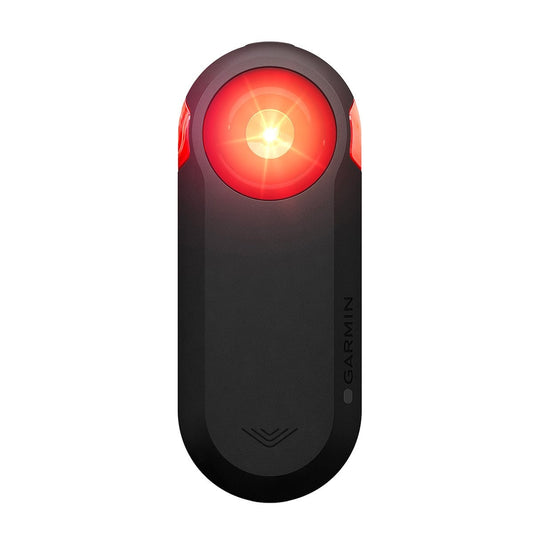
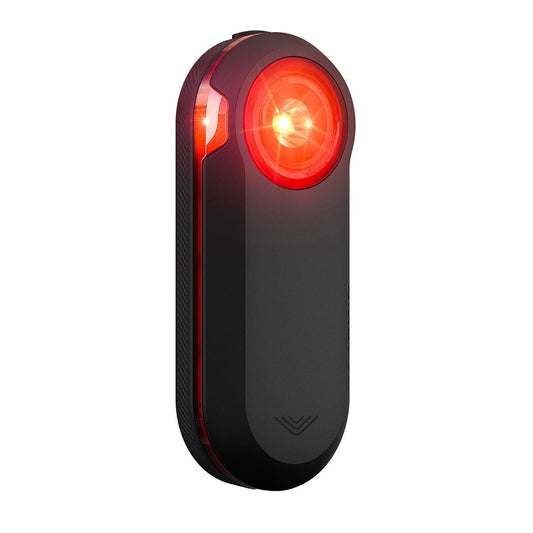
Rear lighting GARMIN VARIA RADAR RTL 515
Regular price 133,90 €Regular priceUnit price per -
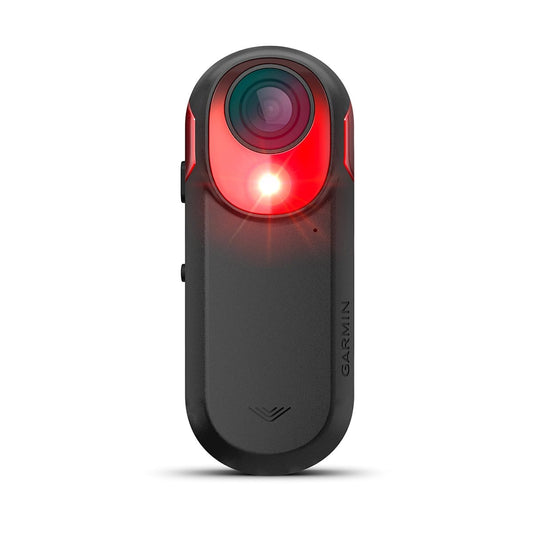
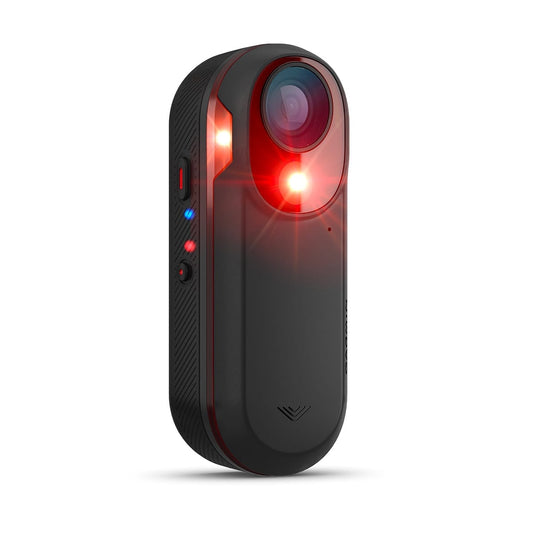
GARMIN VARIA RADAR RCT 715 rear light
Regular price 329,90 €Regular priceUnit price per -
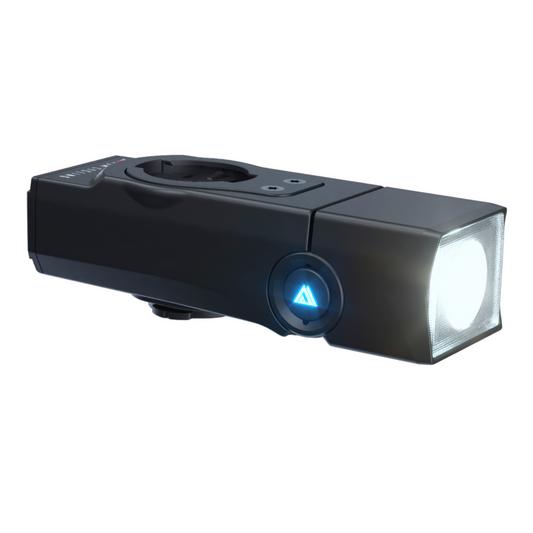
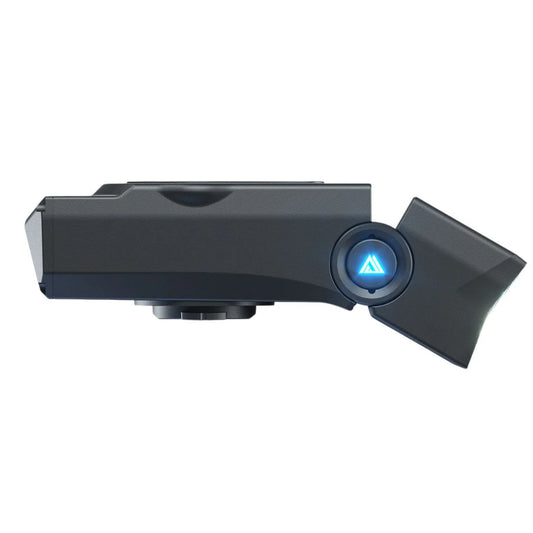
Front lighting KOM CYCLING QUICK RELEASE LIGHT 1000
Regular price 69,99 €Regular priceUnit price per -
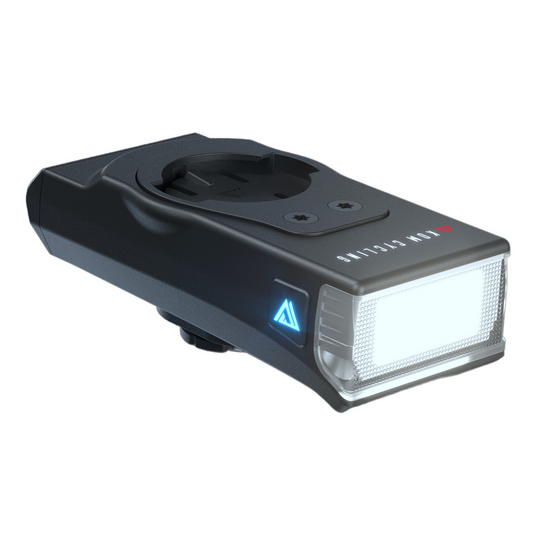
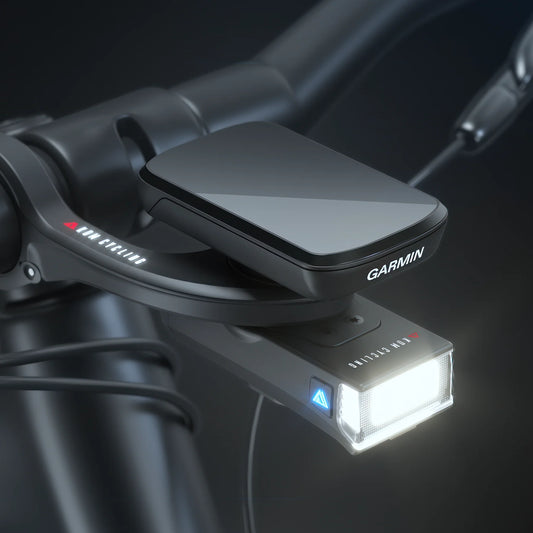
Front lighting KOM CYCLING QUICK RELEASE LIGHT 350
Regular price 39,99 €Regular priceUnit price per -
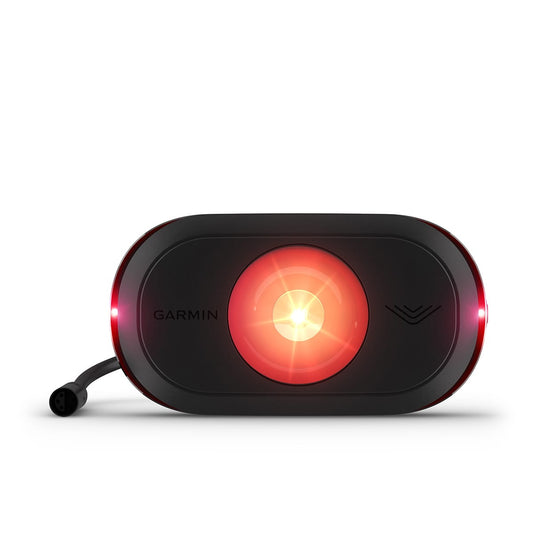
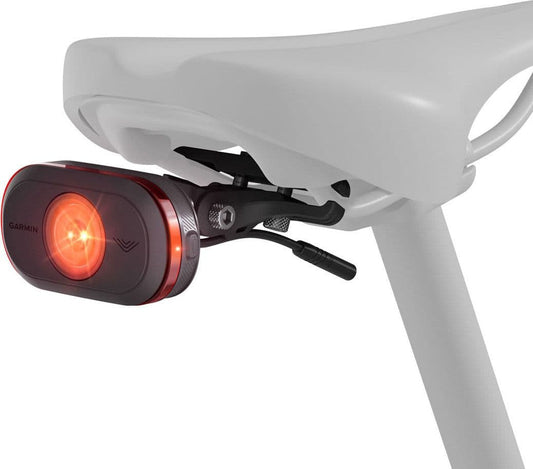
GARMIN VARIA RADAR eRTL615 rear light
Regular price 239,90 €Regular priceUnit price per -
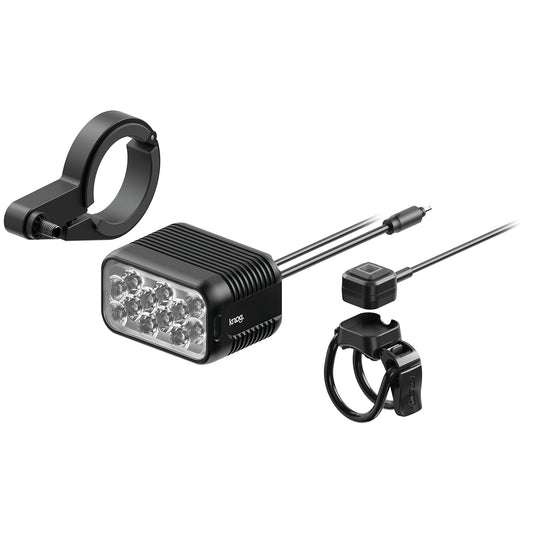
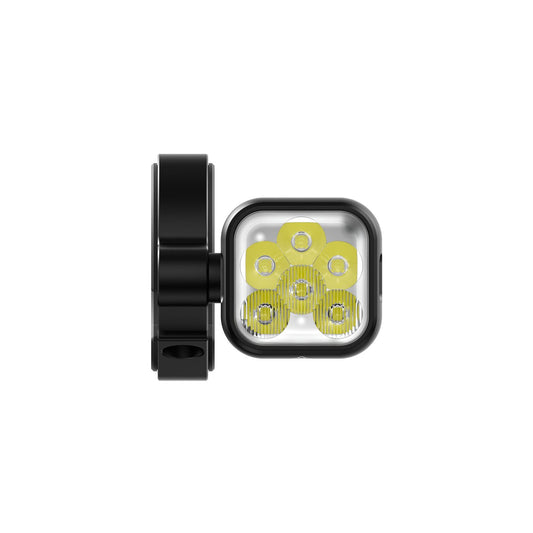
Front lighting KNOG BLINDER E 1800
Regular price 84,99 €Regular priceUnit price per -

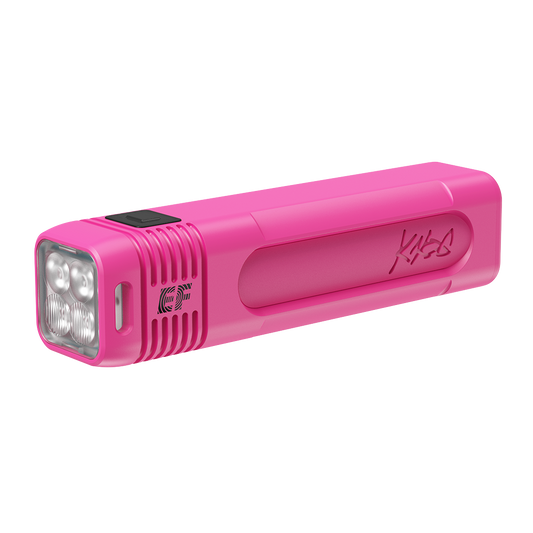
KNOG BLINDER PRO 900 Front Light Limited Edition E.F. Pro Cycling Pink
Regular price 79,99 €Regular priceUnit price per -

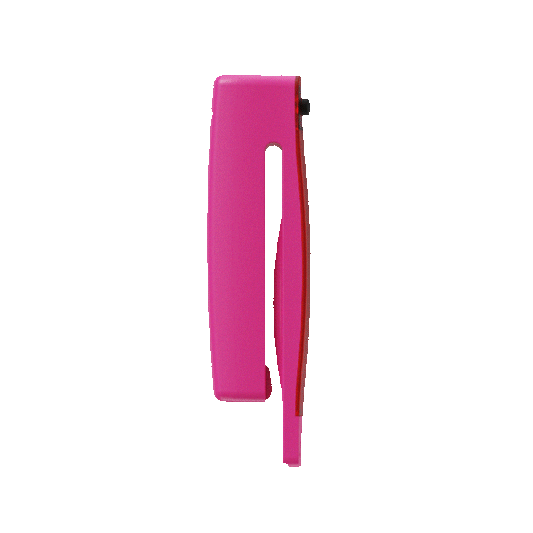
KNOG PLUS REAR 20 Lumens Limited Edition E.F. Pro Cycling Pink
Regular price 19,90 €Regular priceUnit price per















